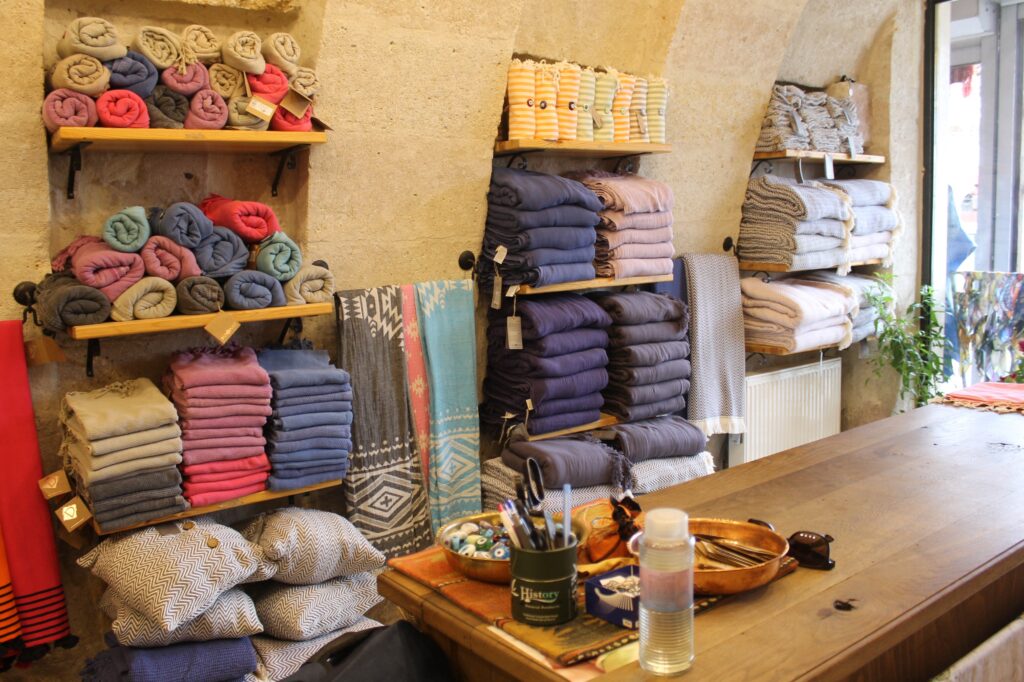Introduction:
Fabric quality plays a crucial role in the clothing industry, affecting comfort, durability, and fit. Understanding how fabric quality impacts clothing returns is key to making informed decisions when shopping for high-quality fabrics. In this article, we’ll explore the different factors to consider when assessing fabric quality, the impact of fabric quality on clothing returns, and ways to reduce clothing returns by understanding fabric quality.
to Consider when Assessing Fabric Quality:
When assessing the quality of fabric in clothing, several factors come into play. Here are some key things to look out for:
- Fiber content: The type of fiber used in the fabric can affect its quality. Natural fibers such as cotton, silk, and wool are generally of higher quality than synthetic fibers like polyester and nylon.
- Thread count: The thread count refers to the number of threads woven per square inch of fabric. A higher thread count generally means the fabric is softer, more durable, and of higher quality.
- Weight: The weight of the fabric can also be an indicator of quality. A heavier fabric tends to be more durable and of higher quality than a lighter one.
- Weave: The weave of the fabric can affect its durability and quality. A tightly woven fabric is generally of higher quality than a loosely woven one.
- Finishing: The finishing of the fabric can also affect its quality. A well-finished fabric will have fewer loose threads, neat seams, and will not fray easily.
How Fabric Quality Affects Clothing Returns:
Clothing returns can be a frustrating experience for both the buyer and the seller. Understanding the impact of fabric quality on clothing returns can help you make more informed decisions when shopping. Here are some ways that fabric quality can affect clothing returns:
- Comfort: Low-quality fabrics can cause discomfort to the wearer, leading to the clothing being returned.
- Durability: Poor-quality fabrics are prone to tearing, fading, and shrinking, leading to the garment not lasting as long as expected.
- Fit: Low-quality fabrics can cause the garment to lose its shape, leading to an ill-fitting garment that is often returned.
Ways to Reduce Clothing Returns through Understanding Fabric Quality:
- Check the fabric label: Always check the fabric label before purchasing clothing. Look for natural fibers and higher thread counts.
- Feel the fabric: When shopping in person, feel the fabric to assess its quality. A soft, smooth, and thick fabric is generally of higher quality.
- Read reviews: Reading online reviews can give you an idea of the fabric quality and its impact on clothing returns.
- Wash with care: Proper care of clothing can prolong its life. Follow the care instructions on the label to prevent damage to the fabric.
FAQs:
Q: How can I tell if the fabric is of high quality? A: Look for natural fibers, a high thread count, a heavy weight, a tightly woven fabric, and well-finished seams.
Q: Does higher fabric quality mean more expensive clothing? A: Not necessarily. Some high-quality fabrics are affordable, while some low-quality fabrics can be expensive.
Q: Can fabric quality impact the environmental impact of clothing production? A: Yes, natural fibers like cotton and wool are generally more sustainable than synthetic fibers like polyester.
Conclusion:
Fabric quality is a crucial factor in the clothing industry, affecting comfort, durability, and fit. Understanding fabric quality can help you make informed decisions when shopping and reduce clothing returns. By considering factors such as fiber content, thread count, weight, weave, and finishing, you can choose high-quality fabrics that last longer and save you money in the long run.



